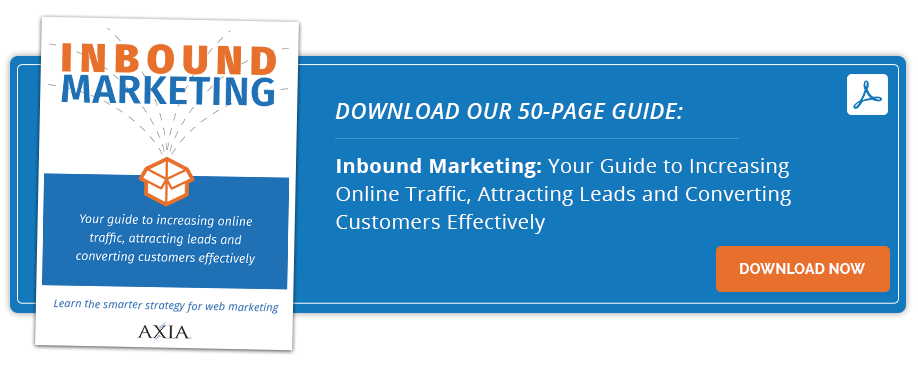“I don’t know what PR is, but I know we need it” – Breaking down the 5 Ws of public relations
By Emma BurgessJuly 7, 2022
 “I don’t know what PR is, but I know we need it,” is a statement many business professionals find themselves making throughout their career. CNN says “anyone who pays attention to how decisions are influenced knows that PR is tremendously important” – so why is public relations at work so difficult to recognize? Like trying to assign a universal value to a work of art, public relations is quantified in various ways depending on an organization’s unique traits. To better understand what PR is, let’s break it down using the five Ws.
“I don’t know what PR is, but I know we need it,” is a statement many business professionals find themselves making throughout their career. CNN says “anyone who pays attention to how decisions are influenced knows that PR is tremendously important” – so why is public relations at work so difficult to recognize? Like trying to assign a universal value to a work of art, public relations is quantified in various ways depending on an organization’s unique traits. To better understand what PR is, let’s break it down using the five Ws.
Audio: Listen to this article.
What
The Public Relations Society of America defines PR as “a strategic communication process that builds mutually beneficial relationships between organizations and their publics.” What separates public relations from other promotional industries is that PR revolves around the power of the consumer on the success of a company.
One way to visualize the role of PR is by comparing it to advertising. While the goal of advertising is to simply secure as many sales as possible, public relations seeks to influence consumers’ attitudes, beliefs and behavior regarding a brand, a product, or an organization’s actions.
Must Read: What is public relations?
Where
Modern public relations is all about managing the flow of information between an organization and its target audience. This current moves through a vast number of communication channels that fall into one of three categories: news media, social media, and web media.
Many people have a negative opinion of public relations, viewing it as a deceitful means to an end. However, it aims to prove an organization’s credibility by use of third-party sources, among other goals.
According to Starch Research, nearly 86% of Americans stated that learning about a company through news coverage is more influential and credible than seeing a company’s advertising. For example, if a story reaches the audience through a news broadcast, the information is made trustworthy by the channel’s reputation. Similarly, when a product review is communicated to consumers by an influencer, the audience’s past relationship with the influencer creates trust in the product.
When
Steve Jobs once said that while “advertising is necessary for competition … good PR educates.” Public relations is always a valuable investment, and it’s most strategic when a company seeks to educate its audiences about a product, action, or its brand mission and values. Maintaining an honest and consistent narrative during periods of good business builds a reservoir of goodwill that can protect an organization in a crisis.
Why
Finally, we arrive at why PR is so important to the success of an organization. To answer this question, let’s revisit the definition of public relations: “a strategic communication process that builds mutually beneficial relationships between organizations and their publics.” Companies need public relations to grow their most valuable resource – relationships with consumers.
Advertising efforts alone may secure one or two sales per customer on average, but when combined with public relations, lifelong relationships can be formed with consumers that will pay for themselves in measurable ROI and the much harder to measure goodwill.
Who and How
Any organization can and should use public relations to achieve its business goals. How the communication process takes place will differ based on a company’s individual resources, challenges, and brand voice. Some of the many paid and earned PR tactics at an organization’s disposal are:
- Media relations: a broad sector of public relations where the primary audience is the media. Some examples of media relations tactics are news releases, press conferences, feature stories, broadcast interviews, and blogger/influencer relations.
- Social media campaigns
- Influencer engagement: Influencer engagement is a newer PR tactic introduced by the expansion of social media.
- User-generated content features
- Interviews and appearances
- Partnerships
- Web content
Learn how to make the most of your PR by downloading our e-book “Maximizing Your Public Relations Investment.”
Photo by Anna Nekrashevich from Pexels
Topics: media relations, PR tips, online public relations


Comment on This Article